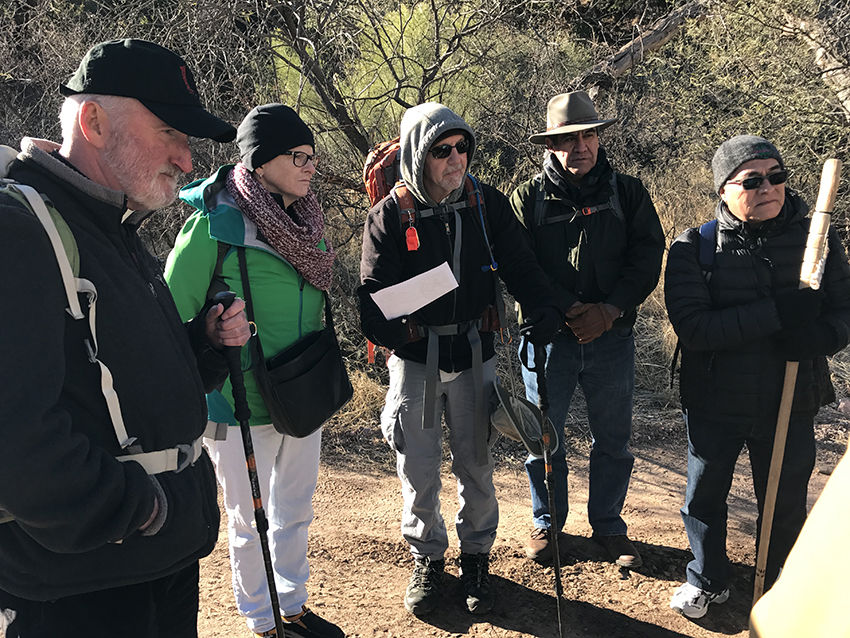I was a 20-year-old college seminarian when my formation director invited me to participate in my first public demonstration. The date was May 1, 2006. Facebook and Twitter were only infants at the time. If there had been such a thing as hashtags, #DayWithoutImmigrants would have been trending nationwide.
On that Monday morning, more than one and a half million marchers took to the streets in cities across the country, in what was one of the largest days of protest in U.S. history.
This being my first demonstration, I had no idea what to expect. I imagined a few hundred people, maybe a few thousand at the most. To my shock, I was met by an electrifying sea of more than half a million demonstrators in Los Angeles.
As we marched down Wilshire Boulevard carrying our homemade signs, the images of that day — of being surrounded by priests, nuns, organized parish groups and leaders of various religious and ethnic communities — became forever etched in the heart of my Catholic imagination.
Up until then, my feelings about immigration were mostly personal. Like many second-generation Americans, my views were predominantly shaped by the experience of being raised in an American-immigrant household. But on that day, a door was opened for me and a fire was lit — a fire that has led me on a journey to understand the human dimensions of this complex social issue.
Over the years, this journey has led me to encounter Christ in labor centers, transitional homes, church youth rooms, coffee farms and barrios in Central America — and, most recently, at Arizona’s border with Mexico.
This January, members of the L.A. Archdiocese’s Immigration Task Force organized an immersion experience for parish and diocesan leaders interested in experiencing the reality of the migrant’s journey.
The trip, which was led by Bishop David G. O’Connell and staff members of the archdiocesan offices of Religious Education and Life, Justice and Peace, was inspired by a prayer exhibit that was featured at the 2014 L.A. Religious Education Congress.
The “Migrant’s Stations of the Cross” connected the passion of Christ with the suffering of migrants by artistically incorporating artifacts left behind by them in the Sonoran Desert.
Last month’s trip led us to both sides of the border, through the same trails where many of these sacred artifacts have been found. Along the way, we visited several of the Church’s ministries that serve migrants on their journey.
As providence would have it, we set out that day after the president announced his executive order for “Border Security and Immigration Enforcement Improvements.”
Just as we were heading to the peripheries, the peripheries had become the center of the national spotlight. According to No More Deaths, an organization that provides humanitarian assistance to migrants traveling through the Sonoran Desert, since 1994 more than 7,000 people have died crossing the U.S.-Mexico border.
Jonathan, who I met on our trip, told me that after being separated from his group, he spent three weeks walking through the desert before becoming so exhausted and hungry that he turned himself in to authorities.
Within two miles of our recent hike to the border, the rugged terrain began to destroy the shoes of one of our members. How anyone can survive three days in the desert (let alone three weeks) is a testament to the desperation that defines the migrant’s plight. Although the trip was short, it was an eye-opening experience that served to reenergize those involved with the archdiocese’s continuing efforts to address the suffering caused by the broken immigration system in the U.S.
At the moment, this work includes efforts to organize parish teams to prepare their members for possible mass deportations, which we are starting to see. It also includes awareness-raising efforts, such as the CRS Rice Bowl program, which aims to foster solidarity by educating Catholics about the reality of global poverty and the Church’s social teachings.
While fear is a legitimate sentiment experienced by many at the present moment, it need not be. Faith in action transforms sorrow into solidarity.
Those interested in overcoming helplessness with hope should consider reaching out to their parishes and the archdiocese to find out how they can become involved in the Church’s evangelizing mission.

